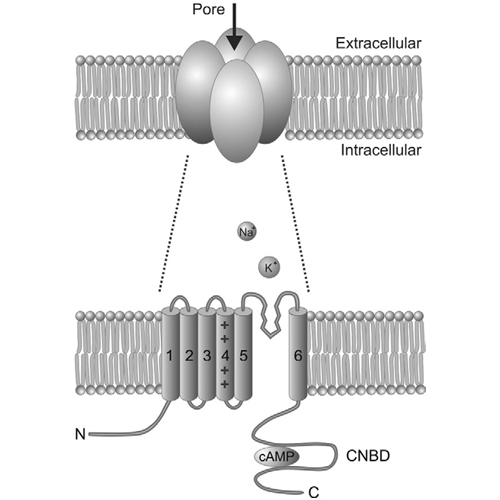The Role of HCN Channels in Ventricular Repolarization
15-Nov-2011
Trends in Cardiovascular Medicine, 2012, http://dx.doi.org/10.1016/j.tcm.2012.05.013, Volume 21, Issue 8, Pages 216–220 published on 15.11.2011
Trends in Cardiovascular Medicine, online article
Trends in Cardiovascular Medicine, online article
Hyperpolarization-activated cyclic nucleotide gated (HCN) channels pass a cationic current (Ih/If) that crucially contributes to the slow diastolic depolarization (SDD) of sinoatrial pacemaker cells and, hence, is a key determinant of cardiac automaticity and the generation of the heartbeat. However, there is growing evidence that HCN channels are not restricted to the spontaneously active cells of the sinoatrial node and the conduction system but are also present in ventricular cardiomyocytes that produce an action potential lacking SDD. This observation raises the question of the principal function(s) of HCN channels in working myocardium. Our recent analysis of an HCN3-deficient (HCN3–/–) mouse line has shed new light on this central question. We propose that HCN channels contribute to the ventricular action potential waveform, specifically during late repolarization. In this review, we outline this new concept.











